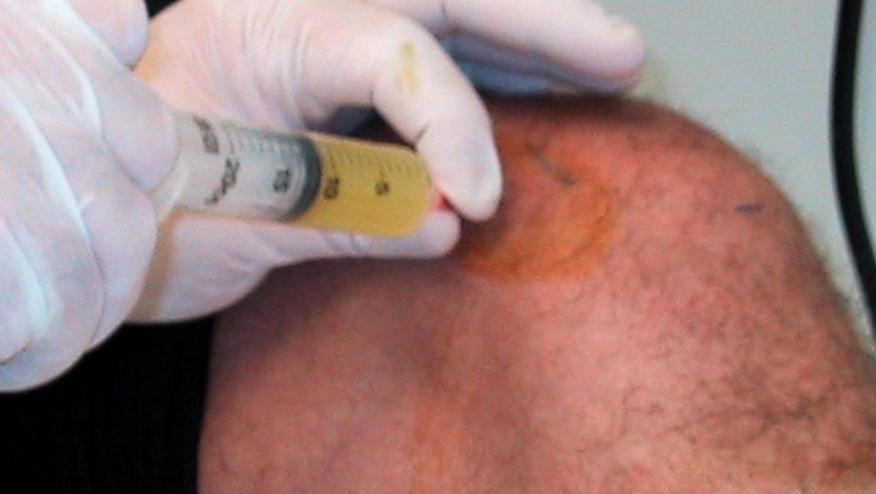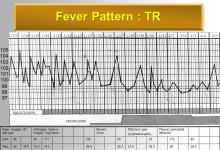Two vs. Four Weeks of Antibiotic Therapy in Septic Arthritis Save

A prospective trial has shown that 2 weeks of antibiotic therapy is as effective as 4 weeks of antibiotic therapy, with similar outcomes but shorter hospital stays.
This Swiss study was a prospective, unblinded, randomised, non-inferiority study comparing either 2 or 4 weeks of antibiotic therapy after surgical drainage of native joint bacterial arthritis in adults.
A total of 154 cases were enrolled (77 in each arm) and underwent surgical lavage prior to antibiotic therapy.
The cure rates were 99% in the 2-week arm and 97% in the 4-week arm. There was no difference in the number of adverse events or sequelae between the study arms. Recurrence rates were infrequent and equal between groups (1 vs. 2).
All antibiotics were given intravenously (eg, co-amoxiclav; cefazolin; cefuroxime; cefepime; ertapenem; imipenem; piperacillin/tazobactam; vancomycin; or daptomycin) and refined after culture and sensitivity results. Patients were switched to oral therapy at the discretion of the treating clinicians.
Of the 154 arthritis cases, 99 were for bacterial infection of the hand and wrist. Bacteremia was seen in 4% of cases and intraarticular crystals were found in 4% of patients.
In this study, two weeks of targeted antibiotic therapy is not inferior to 4 weeks regarding cure rate, adverse events or sequelae and leads to a significantly shorter hospital stay, at least for hand and wrist arthritis.










If you are a health practitioner, you may Login/Register to comment.
Due to the nature of these comment forums, only health practitioners are allowed to comment at this time.